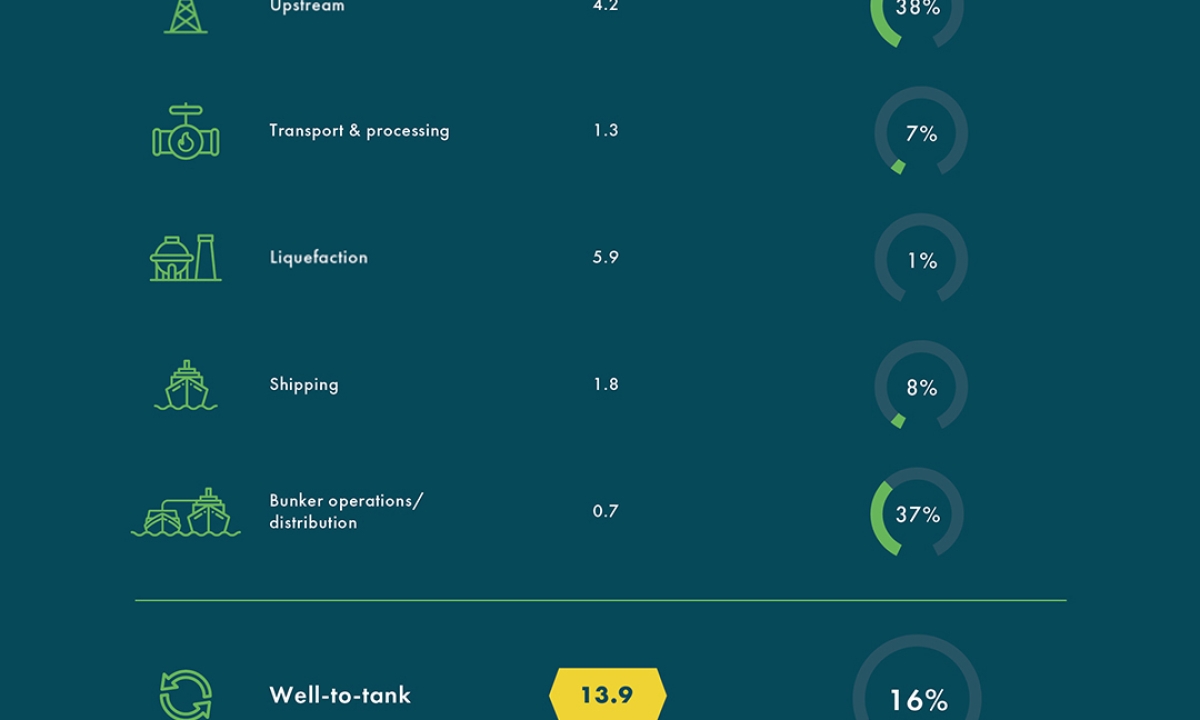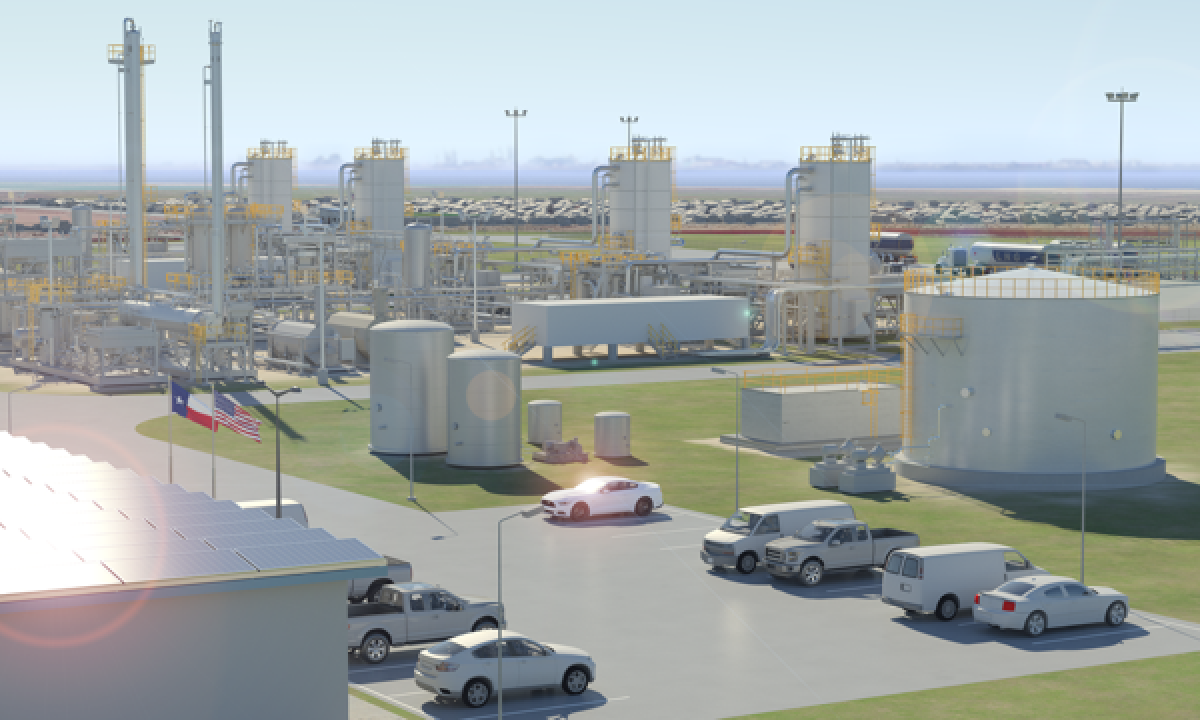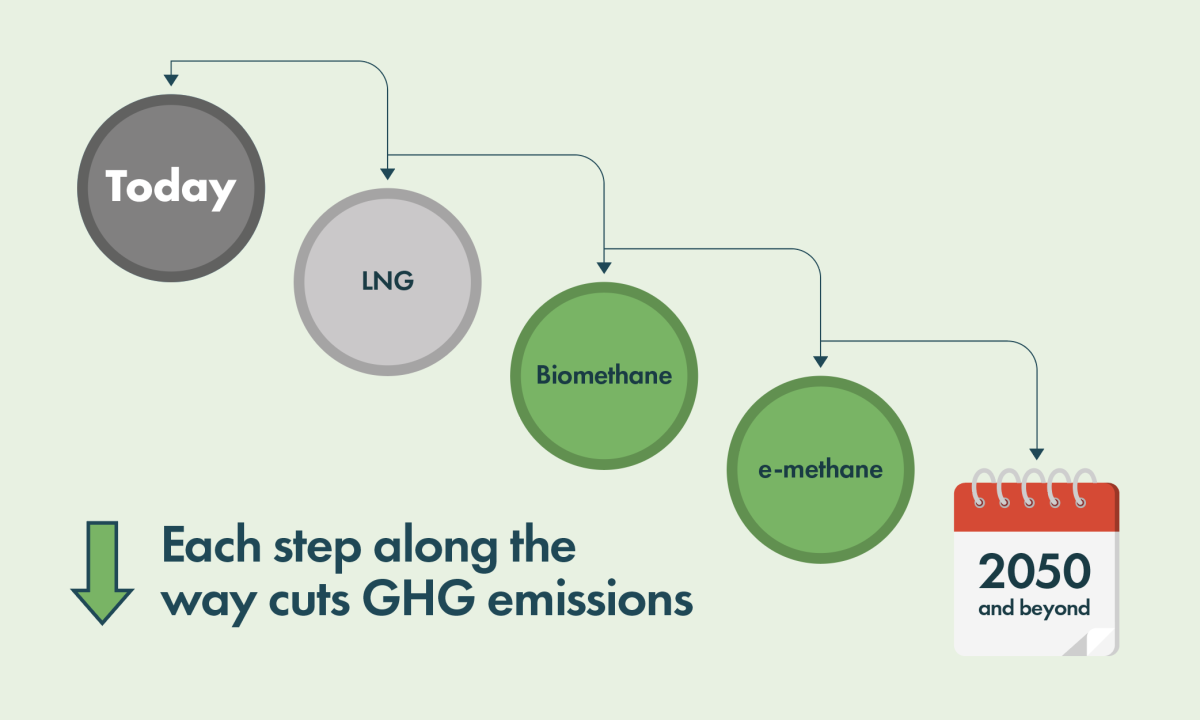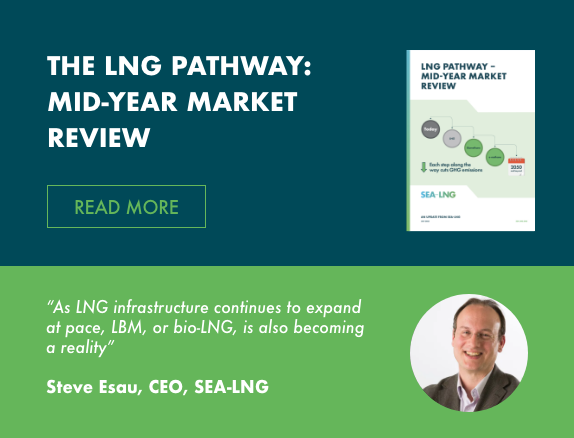17th February 2021
CHOOSE LNG TODAY AND MAKE TOMORROW’S CLIMATE CHALLENGE EASIER

Why waiting is not an option
Adopting a policy of waiting until a future fuel is proven and available, as some appear to prefer, will only exacerbate the greenhouse gas (GHG) challenge the world is confronting. For every large (14,000 TEU) container vessel that continues to burn fuel oil instead of LNG, the opportunity to reduce emissions by the equivalent of removing 13,000 family cars from the road is missed. As GHG emissions are cumulative, the decarbonisation challenge only gets tougher.
Often based on outdated data, methane slip has become an overused argument for those wishing to justify inaction. There are marine engines on the market today with virtually no slip. It is only an issue for certain LNG engine technologies, and even they exhibit lower GHG emissions than the equivalent HFO/MGO operation. For this specific subset of engines, reductions are now available from the latest engine designs with further improvements on the horizon.
Shipping’s current public decarbonisation debate is focused on the destination and pays little attention to the roadmap and practical details of how we reach our goals. People are trying to define the destination product without a pathway to success. The challenge is one of pace and scale and as with any such challenge, what matters most is what we can do now to create the platform for changes that need to happen in the future; a platform where all fuels have a level playing field to compete and one that ensures all are measured on a well-to-wake basis.
Investing in dual-fuel (DF) engine technology and taking advantage of LNG today, we have the opportunity to reduce GHG emissions now, with up to 21% GHG savings on a well-to-wake basis (up to 28%, tank-to-wake). These reductions include all methane emissions.
LNG paves the way for the introduction of sustainable bio-LNG in the near term and zero-emission synthetic LNG in the long term. Bio-LNG provides significant GHG reductions and is already being introduced. Just 10% of drop-in bio-LNG with LNG provides approximately two years of additional compliance under Poseidon Principles measures. Both fuels can be used interchangeably with existing LNG infrastructure and marine engines.
Not only does LNG provide a pathway to decarbonisation in its own right, but it also provides the physical infrastructure and asset base that can be used by other alternative fuels, when and if they become commercially viable. The cost to society will be substantially less than the trillions of dollars estimated to construct the full infrastructure for future alternative fuels. Shipyards will also gain valuable experience in building vessels propelled by cryogenic or gaseous fuels. Moreover, the development and dissemination of guidelines and processes for the safe bunkering of these fuels in ports around the world is enabled and, critically, the capacity to train seafarers in the use of new fuels will be developed.
While we may see a “basket of fuels” available in the coming decades, waiting 10 to 20 years before we make the necessary investments in ships and their associated marine fuel supply chains and human capital will only add to shipping’s decarbonisation challenge. Converting the future fleet to new fuels cannot be done overnight but will take a generation or more to complete. The choice today is not between LNG and alternative fuels of the future; industry consensus recognizes that the time horizon required means shipping companies will use either LNG or fuel oil until future fuels are readily available.
We must start now before more harm is done.
LNG is the pathway to the future. We cannot wait.



